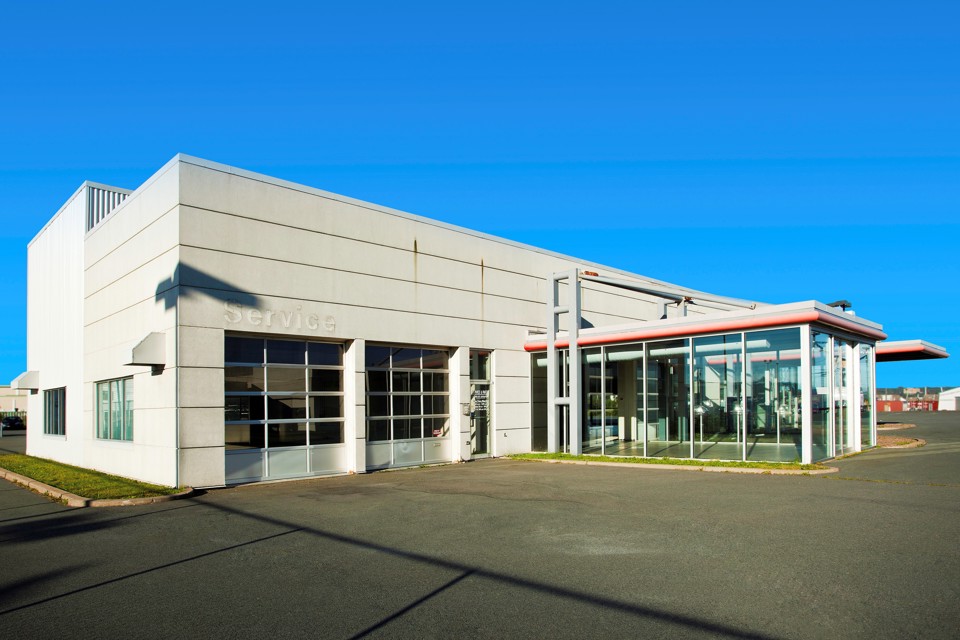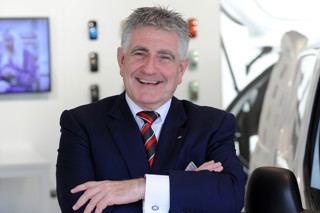The car retail model as we know it could be facing extinction if dealers fail to engage with new ‘smart mobility’ solutions expected to save people cost, time and help them live more healthily.
While dealers have witnessed a shift in the way people buy cars already, the focus is quickly becoming about how people use cars and the way they access them. There has already been a surge in personal leasing, but will privately owned cars even play a part in future mobility?
Ben Lawson, vice-president of strategy and mobility for the UK and Ireland at Enterprise Holdings, said: “We continue to see increases and improvements in shared asset and shared transport options for consumers. New technologies have enhanced the transparency and accessibility of services and, no doubt, further advances will be made.
“Our relationship with the private car has been a devoted one for a very long time and for a host of very good reasons. Convenience, comfort, 24/7 accessibility and the freedom to travel anywhere at any time are all significant factors.”
However, Lawson points out that this relationship is at the heart of many of the issues that Government and local authority policies on air quality and congestion are trying to improve.
Matt Dale, head of mobility at ALD Automotive, believes car usage will decline, but the change won’t be sudden so current dealer networks will be able to evolve as necessary.
Pressures on car ownership are growing
“The move to people living in cities and thus, closer to work should lead to a natural reduction in our reliance on the car for commuting. Added to this is the growing pressure on employers to promote healthy travel, car-sharing to work and the reduction in car parking spaces. This will be progressive and will also be impacted by a younger generation coming into the workplace, who are possibly more environmentally aware and happier to embrace different ways to travel with increased shared mobility.
“We also need to consider the increase in home working within industry. With increased home connectivity and digital networks, the rush hour commute may become a thing of the past, but not completely,” he says.
In the largest urban centres, there is a shift from making places for vehicles to making places for people, as planners seek to make urban centres more attractive.
“You can see this in the City of London’s new transport strategy,” said Jonathan Bray, director of the Urban Transport Group, “which is all about building on the existing trends towards reductions in motorised vehicles and increasing space for walking, cycling and hanging out. I expect this trend to continue and to ripple out to secondary centres.”
Since 2009, the number of cars on UK roads has increased, but people are using them less. The total distance driven in cars and taxis has increased from 245 billion miles in 2009 to 255bn miles in 2018, but miles driven per vehicle has declined from 7,900 miles to 7,300.
“Even though people are using their cars less, they are still buying them,” said Mark Turnbull, head of consulting at Cap HPI.
He believes the number of cars on the road is unlikely to decline any time soon, as the UK’s population grows.
However, powertrain changes will almost certainly have an effect.
Caroline Watson, programme director for transportation and urban planning at C40 Cities Climate Leadership Group, said shifting the transportation system to zero emissions is paramount.
“Electrification of vehicles is essential, but we can’t rely on this alone. More vehicles equals more pollution, more congestion and more sedentary lifestyles. Our shift to a car-dependent society is literally killing us.”
Dale said the retail and leasing industries needs to embrace the changes ahead so they can help customers to understand what vehicles and services are available: “The traditional routes to market will change and there will certainly be a greater digital presence.
Will vehicles be supplied by a company or direct from the manufacturer?
“There will still need to be suppliers of vehicles, be that for leasing or purchase, but will they be a company or direct from the manufacturer?”
Turnbull added: “Online will expand as a channel because it is much more efficient for both the manufacturer and retailer. Savvy retailers are already adapting to this online focus, as well as developing their role as brand ambassadors and centres of expertise for new vehicle technologies.
“Leasing will continue to grow overall, and it will expand in the used sector. We expect it to be given a boost by the development of the battery electric vehicle (BEV) sector because many manufacturers are looking at multiple lifecycle leasing to improve the affordability of BEVs to consumers, and to manage their residual values.”
The next step is an all-inclusive model, where the retailer manages the car for the driver (Read Will PAYG be the next big thing in motor retail?). Peugeot has been experimenting with its ‘Just Add Fuel’ model for a while. Fleet companies who have seen company car drivers opt out of traditional schemes and take a financial package instead of a car, have sought to capitalise on this trend by offering these drivers an ownership experience similar to what they had as company car drivers.
“For the ‘cash-rich, time-poor’ consumer, it is an attractive offer,” said Turnbull.
According to Dale, smart mobility (or mobility as a service) is likely to reduce the number of cars on the drive, rather than the number actually available, as households look to embrace new services and travel more ‘smartly’ but don’t want to give up the car altogether.
“Two-car suburbia could become a thing of the past,” he said.
But will car ownership ever become a thing of the past? Turnbull thinks it is unlikely and would require significant shifts: “Firstly, personal car ownership would have to become so expensive that it no longer makes sense for people to own cars. Secondly, smart mobility would need to become so efficient that it displaces ownership simply because it is better on all levels.
“Car ownership is deeply embedded in Western culture, and it will not be easily displaced. However, consumers will change their activity when cost becomes an issue.”
Cost of ownership is already a problem for younger drivers, where insurance costs are extremely high, and they are the most likely to embrace new mobility solutions in the shorter term.
“For younger non-drivers, ease of use of public and semi-public transport, facilitated by online technology such as car clubs and ride-sharing is already making buying a car a more challenging decision,” said Turnbull.
To learn more about MaaS and urban mobility policies, consider attending the next Smart Transport Conference on September 18, 2019.


















Login to comment
Comments
No comments have been made yet.